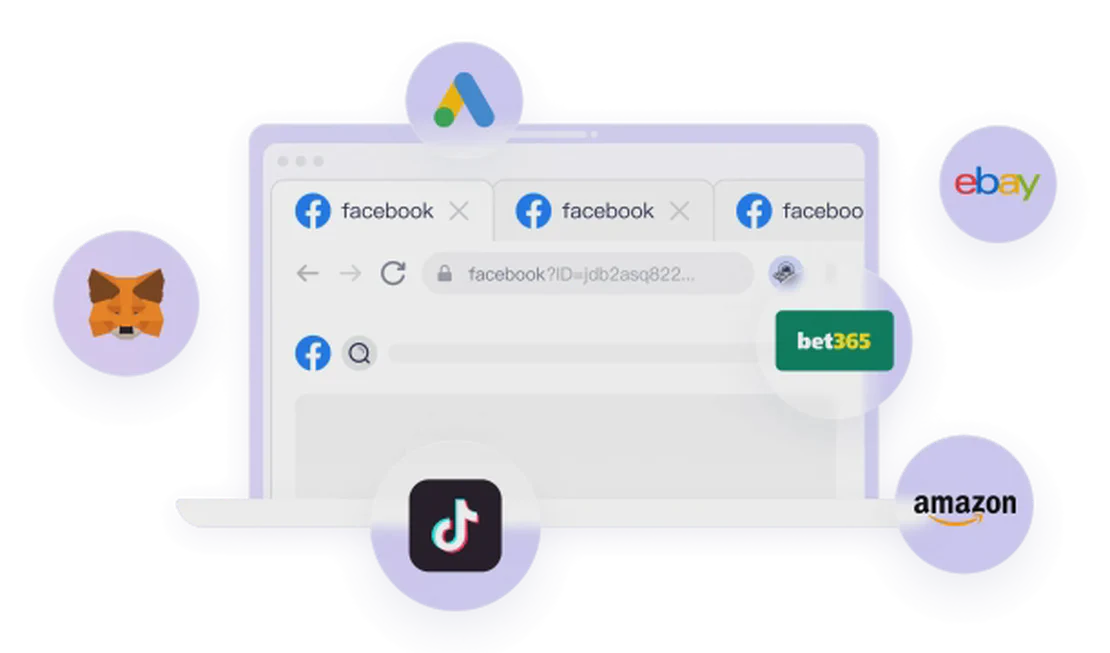FingerprintJS is a popular open-source browser fingerprinting library used to generate highly accurate visitor identifiers. When you visit its demo page, it instantly calculates a unique ID based on your browser’s various characteristics. What is the technology behind this? What does it mean for our online privacy? We’ll break it down for you in the following 10-question Q&A.
10 Questions and Answers about FingerprintJS
1. What does this website do?
This website is a public demo page for the FingerprintJS library. It showcases the library’s core functionality: generating a unique “Visitor Identifier” for you by collecting your browser’s information.
2. What is a “Visitor Identifier”?
A “Visitor Identifier” is a hash string calculated from multiple attributes of your browser and device (such as user agent, screen resolution, installed fonts, plugins, etc.). In theory, this identifier remains stable across different websites and browsing sessions, acting like a “digital fingerprint” for your device.
3. How is this identifier generated?
It works by running a series of JavaScript tests to collect your browser’s characteristic information. These signals include, but are not limited to, your User Agent, browser and OS version, screen resolution, timezone, language settings, installed fonts, Canvas fingerprint, and WebGL fingerprint. It then combines this information and uses a hashing algorithm to generate an ID.
4. Does collecting this information violate my privacy?
Individually, each piece of information (like screen resolution) is common. However, when dozens of these data points are combined, they can create a highly unique identifier, potentially enabling user tracking without cookies. Therefore, this technology is closely related to online privacy.
5. How is this identifier different from a cookie?
Cookies are small files stored in your browser that websites read and write to identify you, and they can be easily cleared by the user. A browser fingerprint, on the other hand, doesn’t rely on storing anything on your device. It’s calculated in real-time when needed, making it much harder for users to detect and remove.
6. Can I block it with Incognito Mode or a VPN?
Not entirely. Incognito mode typically clears cookies and browsing history but cannot change your browser’s underlying fingerprint characteristics (like fonts or graphics card model). A VPN can hide your real IP address, but since FingerprintJS primarily relies on the browser’s features rather than the IP address, a VPN is also ineffective at stopping it.
7. Why do websites need to use such technology?
This technology has various applications. Its most common use is in security, such as detecting fraudulent activities, preventing account takeovers, and identifying malicious bots. It can also be used to provide personalized experiences without requiring a login or as an analytics tool to count unique visitors.
8. Is this visitor ID permanent?
Not necessarily. When you update your browser or operating system, install or uninstall fonts, or change your screen resolution, your fingerprint information may change, causing the visitor ID to change as well. However, as long as your device environment remains stable, the ID can stay the same for a long time.
9. Is this technology legal?
It depends on the specific use case and jurisdiction. For example, in regions protected by privacy regulations like GDPR or CCPA, using browser fingerprinting for user tracking without explicit consent could raise compliance issues. However, it is generally permitted for legitimate purposes like security.
10. How can I effectively protect myself from fingerprint tracking?
For the average user, completely preventing fingerprint tracking is very difficult. Some privacy-focused browsers attempt to block certain fingerprinting scripts, but their effectiveness is limited. To achieve true anti-tracking and environment isolation, you need more professional tools.
Protect Your Digital Identity with FlashID
As we’ve seen, advanced technologies like FingerprintJS can easily identify and track your browser environment. If you need to manage multiple online accounts or wish to remain anonymous during web operations to avoid linking different identities, standard browsers and VPNs are far from sufficient.
This is where you need a professional fingerprint browser like FlashID.
FlashID is a powerful anti-detect browser that solves the fingerprinting problem by creating multiple, completely isolated browser environments. In each environment, FlashID simulates a distinct and authentic set of browser fingerprint information (including Canvas, WebGL, fonts, user agent, etc.). This makes it impossible for websites to link these environments to the same person or device, or to detect your real environment information. Whether you are engaged in social media marketing, ad verification, or e-commerce operations, FlashID provides you with secure, stable, and independent browser environments to effectively protect your accounts and digital assets.
You May Also Like
